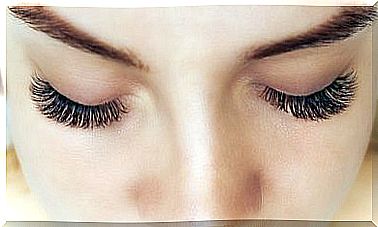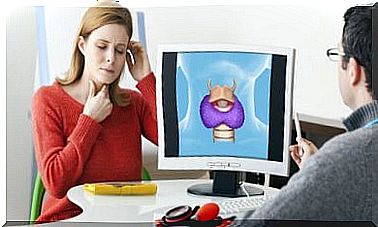What Is Gilles De La Tourette Syndrome?
Tourette syndrome is characterized by nervous tics. It is at increased risk for anxiety and depression, and is often associated with obsessive disorders.

Gilles de la Tourette syndrome (or Tourette syndrome for short) is a well-known disorder that has always been a source of ridicule and humor. However, it is a very disabling and discriminatory pathology for those who suffer from it.
Tourette syndrome consists of the production of repeated movements and sounds that cannot be controlled. They are motor and vocal tics that appear due to a lesion of the nervous system. It usually appears during childhood, most frequently between the ages of five and nine.
This pathology was described relatively recently, around the eighties. It is estimated that it affects between 1 and 3% of the population. The mechanisms by which this disorder appears are still not well understood, although it is known that it has to do with genetics.
Gilles de la Tourette syndrome is more than a nervous disorder, since it affects all aspects of the life of those who suffer from it, especially the social plane. Therefore, in this article we explain everything you need to know about this disorder.
What is Tourette syndrome?
Most people know Tourette syndrome as a condition that causes these people to insult others uncontrollably. However, this is only one of the possible manifestations of this syndrome.
People with Tourettes experience tics that they cannot control. They can be repetitive movements, sounds, or words. Insults come within this. Another very typical example is the gesture of continually shrugging the shoulders.
Most of the cases are in males. Symptoms usually appear before the age of fifteen. In fact, the highest number of cases is expressed for the first time around the age of six. Tics can be more or less complex and appear with different frequency.
Some examples of simple tics are:
- Blink a lot
- Twist your nose
- Cough
- Repeated throat clearing
- Repeat phrases
- Make obscene gestures and insult
It is important to know that, throughout life, tics can change. There are even situations in which they are aggravated. For example when the person is under stress or very tired. The normal thing is that they improve as they become adults.
Another relevant aspect is the fact that Tourette syndrome can be associated with other pathologies. These people often suffer from attention deficit and impulsivity disorder. In addition, there is usually a family history of obsessive disorders or the same syndrome.

How is this pathology treated?
Unfortunately, Tourette syndrome has no cure. However, there are certain medications that help control tics. In addition, more and more forms of therapy and groups are being created to support these people.
Medical treatment will depend on each case and the severity of the tics. There are patients in whom it is not even necessary to take medication. The truth is that most people manage to lead a productive life despite difficulties.
First , drugs that reduce dopamine levels in the brain can be used. The problem is that they have many side effects, such as weight gain.
Antidepressants are also commonly used to reduce the anxiety and obsessive compulsive disorder often associated with Tourette. Similarly, ADHD treatment is often required to improve concentration.
The truth is that, in addition to medication, therapy is one of the pillars of treatment. These children need to feel supportive and work on their self-esteem. The same goes for obsessions and anxiety, which can be greatly improved with psychotherapy.

In conclusion
Gilles de la Tourette syndrome is a complex nervous disorder. It consists in that these people suffer tics, both motor and vocal, continuously. The biggest problem with this syndrome is that it interferes with the social life of those who suffer from it.
It is important to be aware of what this disease affects psychologically. We cannot allow these people to continue to be a source of ridicule and contempt since it is a pathology with its consequent stigma. It is a social responsibility to incorporate those affected into the functioning of society.









